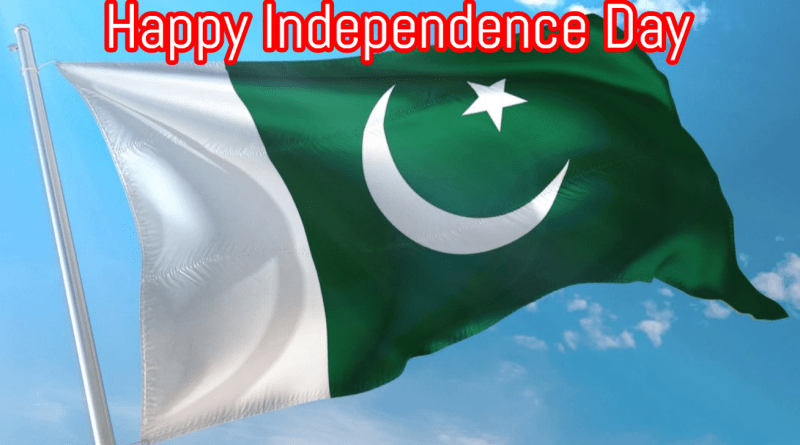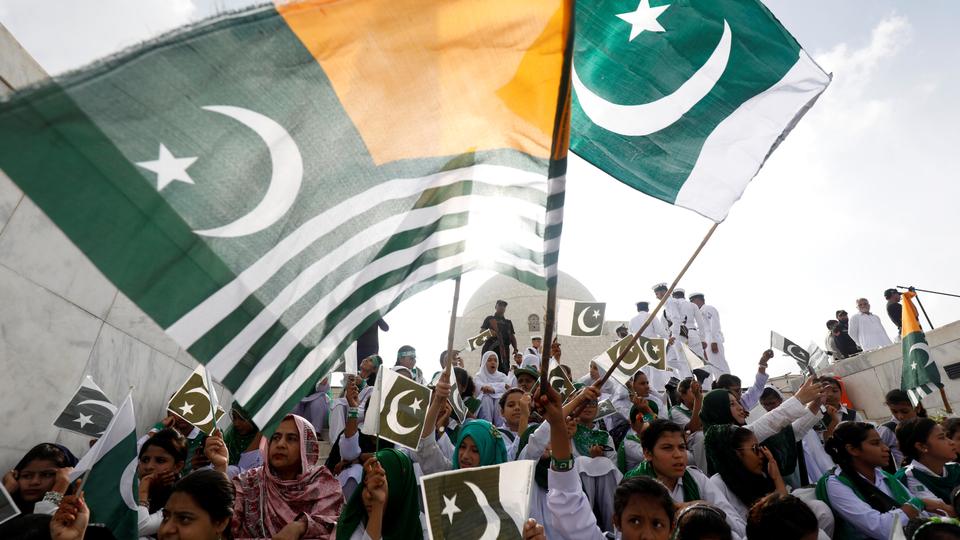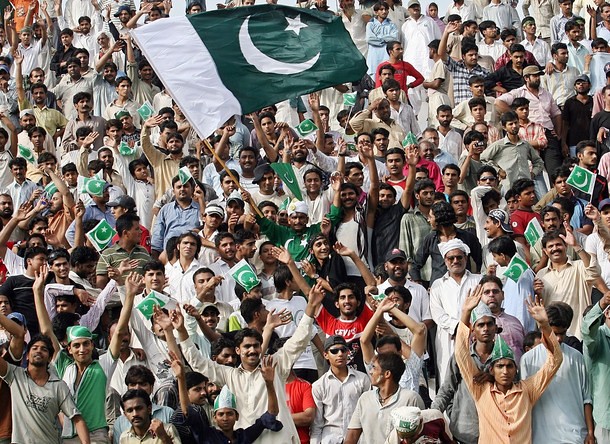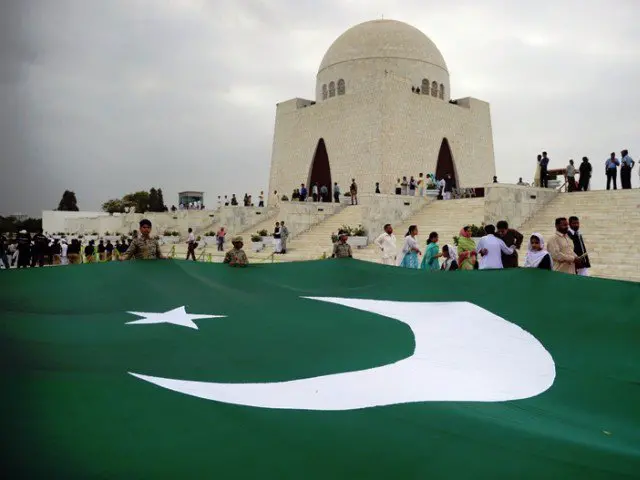Editor's note : the author is Prof. Engr. Zamir Ahmed Awan, Sinologist (ex-Diplomat), Editor, Analyst, Non-Resident Fellow of CCG (Center for China and Globalization), National University of Sciences and Technology (NUST), Islamabad, Pakistan.(E-mail: [email protected])
Pakistan got Independence on 14 August 1947 from British rule. It wan not an easy task, but a struggle of 4 decades. The All-India Muslim League was a political party established on 30 December 1906, for advocacy of a separate Muslim-majority nation-state, Pakistan, successfully led to the partition of India in 1947.
As a matter of fact, the sub-continent (Old India) was ruled by Muslims for more than 800 years. Starting from the conquest of Sindh and Multan led by Muhammad bin Qasim, in the early 8th century, the Muslim rule was established partially. However, the local Muslim revert kings existed in places such as Kerala, Gujarat, Ceylon (Sri Lanka) as early as in the 7th century.
From the late 12th century onwards, Turko-Mongol Muslim empires began to establish themselves throughout the subcontinent, including the Delhi Sultanate and Mughal Empire (1526 ~1707). Various other Muslim kingdoms, which ruled most of South Asia during the mid-14th to late 18th centuries, including the Bahmani Sultanate, Deccan Sultanates, and Gujarat Sultanate were native in origin. The height of Islamic rule was marked during the reign of Mughal Emperor Aurangzeb.

The eventual end of the period of the Muslim rule of modern India was mainly marked with the beginning of the British government. The East India Company, a Trading Company, informally known as John Company, with its headquarters in London UK, entered into business with India in 1600, kept its eyes on local politics, and was closely monitoring the weaknesses of the Muslim Rulers. The Company was formed to trade in the Indian Ocean region, initially with India and South East Asia, and later with Qing-Dynasty, China.
The Company ended up seizing control of large parts of the Indian subcontinent, colonized parts of Southeast Asia and Hong Kong after the First Opium War, and maintained trading posts and colonies in the Middle Eastern Gulf called Persian Gulf Residencies. The Company was managing a vast and robust Army to protects its economic and political interests, including the safety of its goods and trade routes. In 1857, it established its full-fledged Government in Sub-continent and declared British rule, with British Queen as ahead.
Word war II proved blessings for the people of the sub-continent, where the British rulers asked for Indian support to win in WWII, with a promise of freedom after the war. All-India Congress, a political party, was formed to negotiate with the British rulers for liberty. But Muslims were ignored by Hindus in the All-India Congress, and there were feelings that, after the end of British rule, the Muslims might become slaves to Hindus. Although Muslims ruled India for more than 800 years but were ignored by All-India Congress and it was the beginning of Muslims of India to thing for their political survival.

Consensus built agreement reached between All-India Congress, All-India MuslimLeague, and the Britsh rulers that the areas with Muslim majority will become part of Pakistan, and the Area with Hindu majority will be part of India. Kashmir, Junagarh, Deccan, Gurdaspur, etc. were Muslim majority areas and were supposed to be part of Pakistan. Unfortunately, under a conspiracy, with the help of British Viceroy, the Indian Army occupied some parts of Muslim Majority areas, including Jammu, Kashmir, and Ladakh, which is still an unresolved and significant cause of rivalry between India and Pakistan.
Kashmir is an ignition point between India, Pakistan, and China, where India is the aggressor. China and Pakistan are struggling for a peaceful resolution of Kashmir-dispute according to UN Charter and UNSC resolutions passed in 1948. The hardline stand of India and not implementing the UNSC resolutions may cause big trouble in the region. It is worth mentioning that India, China, and Pakistan are nuclear states and possesses enough piles of lethal weapons. If a war escalates, it might engulf the whole region, even may convert into Third Word War (WWIII). And if it turned into a nuclear war, it might be the biggest disaster to humankind. This region is densely populated and inhibits almost half of the world’s population. Humanity is at stake!

China and Pakistan are committed to peace and stability in this part of the region and are cooperating with each other tightly. India is a party to the US and is being used as a tool against China and Pakistan. It is desired that India may think-rationally and support the regional countries for keeping peace stability in the whole region. Cooperation among the regional countries can change the life of billions of poor people in this region. We may cooperate in a fight against poverty, terrorism, ignorance, pandemic, and natural disasters like earth quack, floods, etc. India is the worst poverty-hit country in this region. If India gives up its aggressive mode, the billions of people may come out of poverty.
(ASIA PACIFIC DAILY)
 简体中文
简体中文

